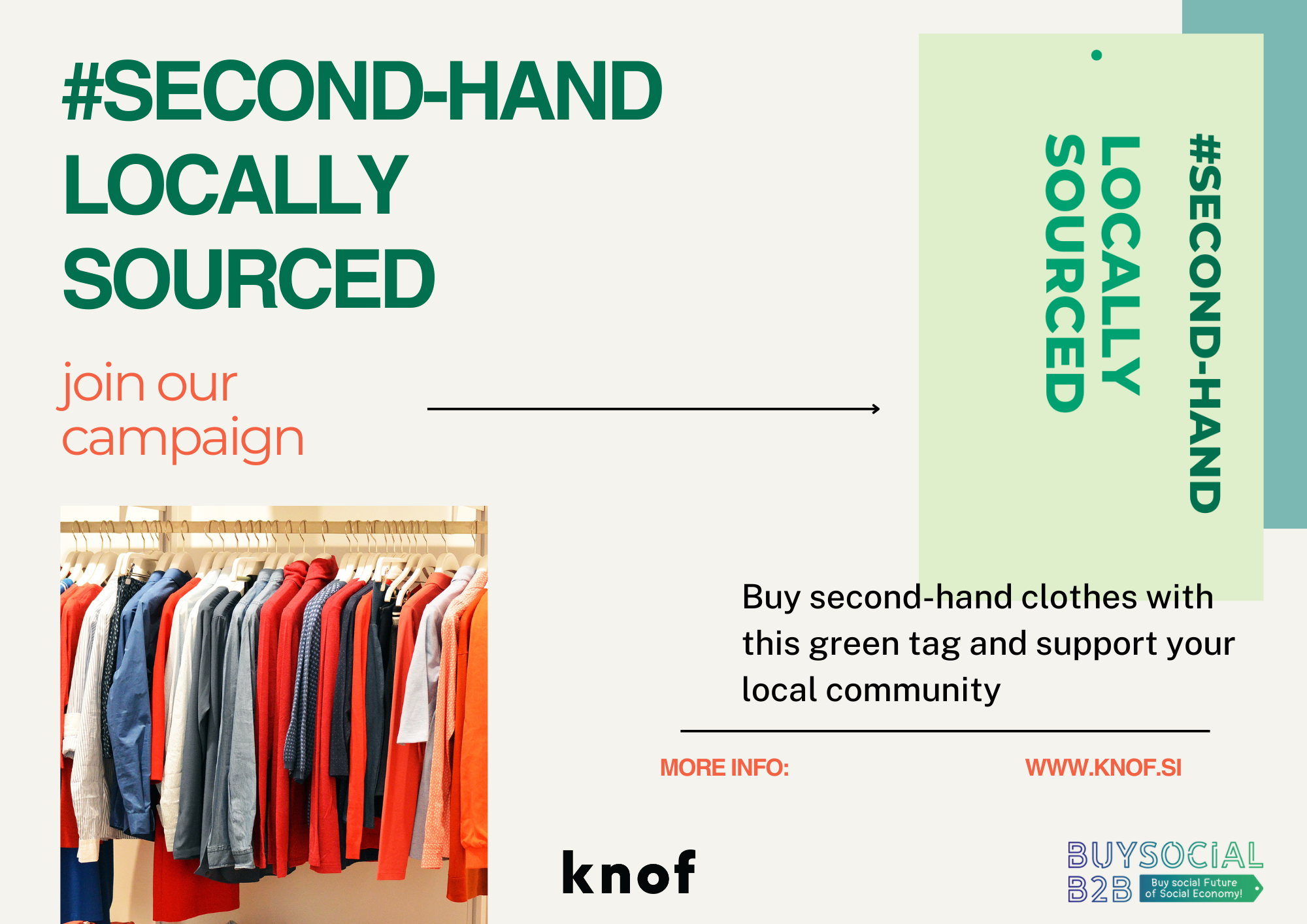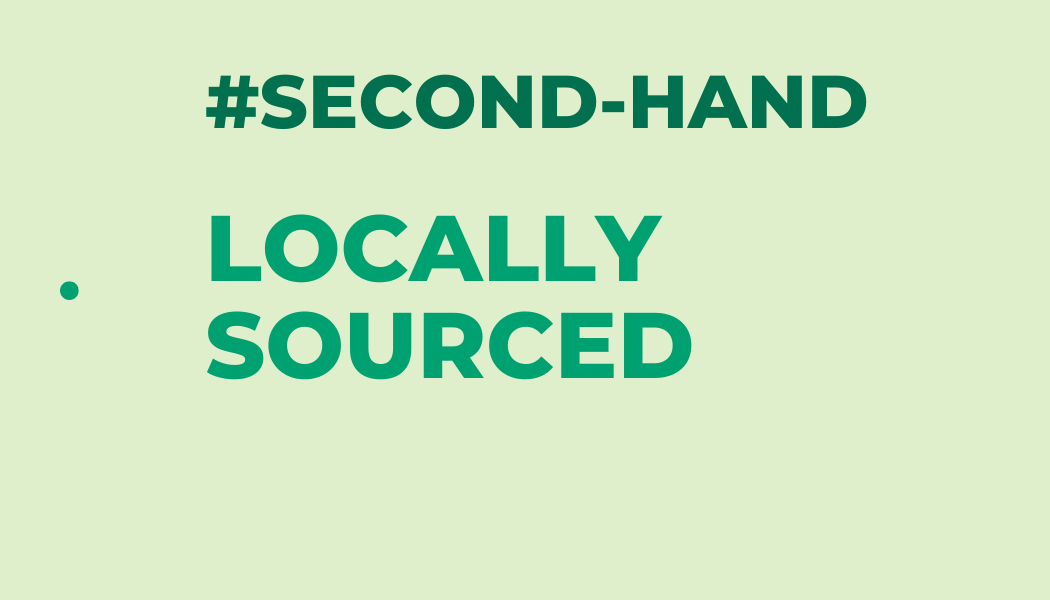When it comes to buying clothes, often, unfortunately, people tend to buy them new. The convenience of going to a store can be tempting. But at what cost? Not only does buying new typically cost you more money, but the environment is also paying a high price to produce those new items.
The fashion industry’s immense footprint extends beyond the use of raw materials. In 2015, greenhouse gas emissions from textiles production totalled 1.2 billion tonnes of CO2 equivalent, more than those of all international flights and maritime shipping combined (Ellen MacArthur Foundation, A new textiles economy: Redesigning fashion’s future (2017)
And this is just one of the reasons. Here is the reasons why buying second hand is always the best idea, especially if it’s locally sourced.
1. Saving money
This is one of the most obvious and well-known benefits of buying second-hand. You can often find secondhand garments up to 90% cheaper than if you bought new. Also there is always a chance to find better quality and branded clothing at a lower price.

2. Reducing Waste
According to Ellen MacArthur Foundation report currently, customers purchase more clothing than they will use and are quick to throw garments away after use. One garbage truck of textiles is landfilled or incinerated every second.
Second-hand fashion helps divert a significant portion of this waste. By extending the life cycle of clothing, we reduce the need for new products and decrease the volume of discarded textiles.
Producing new clothing requires vast amounts of water, energy, and raw materials. For example, it takes approximately 2,700 liters of water to produce a single cotton T-shirt.
Buying secondhand garments means that the energy and natural resources that went into creating those clothing have already been used. So, you’re not creating a demand for new items that require additional energy or deplete even more natural resources.
3. The impact is even bigger if we buy clothing that is sourced or sold locally
Local second-hand stores and markets provide jobs and stimulate economic activity within communities. When you purchase from a local thrift shop or consignment store, the money spent stays within the community, supporting local businesses and families.
Let’s not forget about transport emissions. Transporting clothing across long distances involves significant carbon emissions. By sourcing and selling locally, we reduce the overall carbon footprint of our fashion choices. Local second-hand markets can help create a more sustainable supply chain.
When clothing is sourced locally, it’s easier to trace its origins and ensure ethical practices. Local sellers are often more transparent about their sourcing methods, building trust with consumers who are increasingly concerned about the ethics of their purchases.
Second-hand fashion is not just a trend; it’s a movement towards a more sustainable and ethical future. By embracing second-hand clothing and prioritizing local sourcing, we can significantly reduce our environmental footprint, support our communities, and foster a culture of conscious consumption. benefits both the planet and your local community.
We invite you to join to our branding campaign – sourced in Slovenia. Buy second-hand clothing with the tag “Locally sources” in second-hand stores around Europe as part of the “Buy Social Future of Social Economy” co-funded by the European union.
Learn more about the Buy Social Project.
